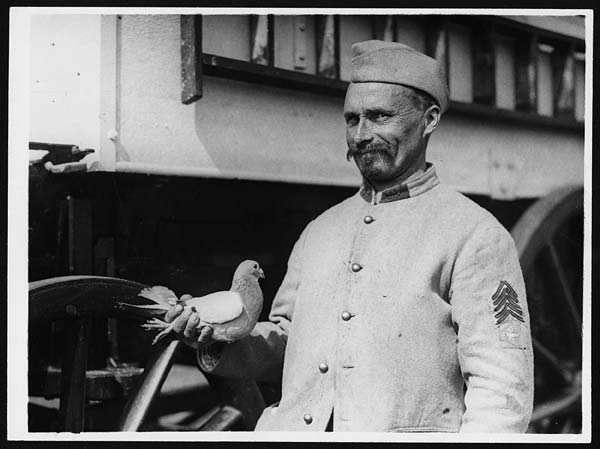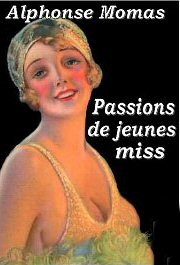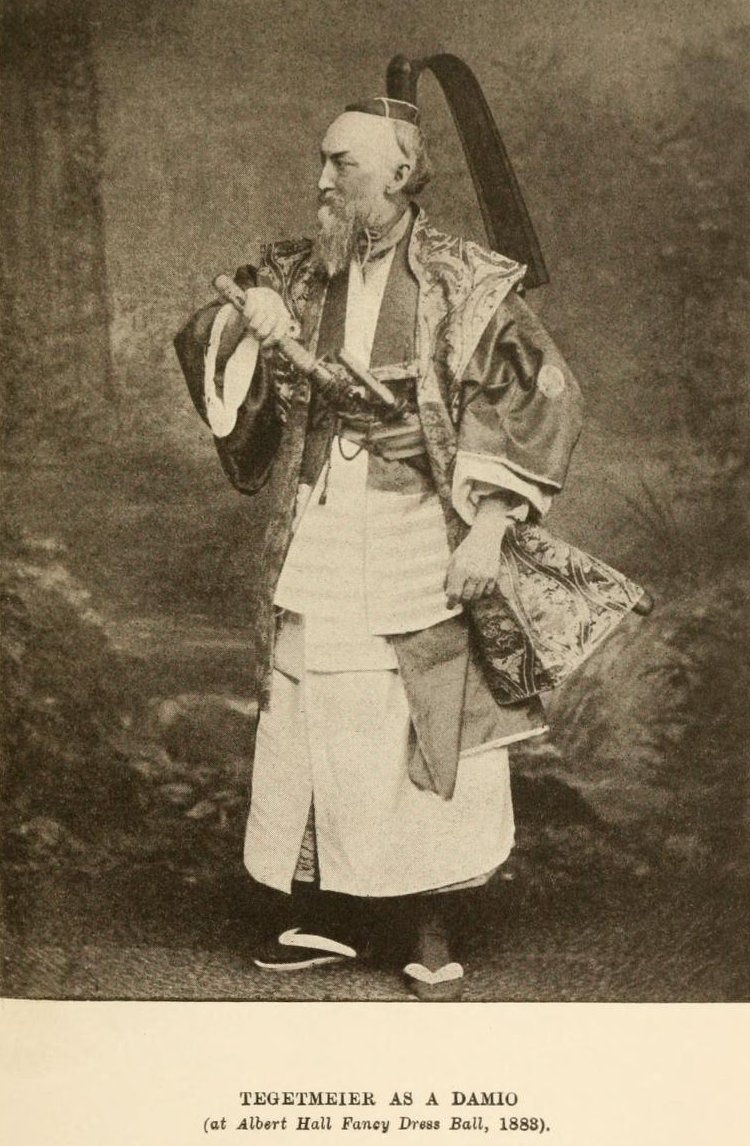“I am going to Switzerland,” announced Dobson at breakfast one morning in the 1950s.
“Oh?” asked Marigold Chew, chewing on a sausage.
“For some time now I have been keen to wear a Homburg hat on my head,” said the greatest out of print pamphleteer of the twentieth century, “And I thought there would be no better place to obtain the hat than in Homburg itself, which I have learned is a municipality in the Swiss canton of Thurgau. So that is where I shall go, as soon as I have managed to complete the extremely intricate lacing up of these Guatemalan traffic policeman’s boots.”
“Before you go,” said Marigold Chew, “It might be helpful for you to know that the Homburg hat originated not in the Swiss Homburg of which you speak, but in Bad Homburg vor der Höhe in the Hochtaunuskreis district of Hesse in Germany. King Edward VII came back from a jaunt there sporting the hat, and made it popular.”
But Dobson was so intent on the complicated lacing of his boots that he did not listen to his inamorata, and before she could stop him he had donned his long Tzipi Gulbenkian overcoat and crashed out of the door into the autumnal 1950s downpour.
When, later, much later, he arrived in the Swiss municipality of Homburg, it did not take him long to discover he was in the wrong Homburg. The conversation he had with the proprietor of a Swiss hat shop has not been recorded, but we do know that Dobson blew a gasket and spent several hours in the custody of Homburg law enforcement officers. Released after promising that he would leave the town immediately and never, ever return, Dobson headed for Bad Homburg vor der Höhe. Having only enough cash to buy a hat, he had to walk. It was raining in both Switzerland and Germany at that time, and as he trudged north, for two hundred and forty miles, his temper grew ever fouler.
By the time he arrived at the home of the hat he was exhausted and filthy and sopping wet. He slumped on a municipal bench and scribbled some notes in his jotter, notes which later formed the basis of his magnificent pamphlet Thoughts Upon A Rain-soaked Trudge From Homburg To Homburg (out of print). They were not pretty thoughts. A gaggle of Bad Homburg tots were out on an instructional walk with their governess, and when they stopped to stare at the bedraggled pamphleteer he threw pebbles at them. This led to an altercation with the tots and their governess and several German law enforcement officers, from which Dobson only managed to extricate himself by promising to write a pamphlet in praise of Bad Homburg tots and governesses and law enforcement officers. No trace of such a work has ever been found among his papers, but diligent Dobsonists continue to rummage. Perhaps one day it will be unearthed.
Quenching his thirst with water from a puddle – into which he had earlier inadvertently sploshed up to his ankles – Dobson set off in search of a hat shop. He soon found one, and managed to buy a hat without causing a rumpus. He was, for a few moments, happy.
“I cannot wait to get home!” he said to himself, “Marigold Chew will be resmitten, all over again, when she sees me sporting my Homburg hat on my head!”
The idyll did not last. Barely had the pamphleteer set foot outside the hat shop than he was accosted by a German person wearing some kind of uniform, who jabbed him on the shoulder and shouted.
“Your trouser cuffs are dirty and your shoes are laced up wrong. You’d better take off your Homburg, ‘cos your overcoat is too long.”
“I beg your pardon?” spluttered Dobson. The man repeated himself word for word.
“Now look here,” said the pamphleteer, “First, my trouser cuffs are only dirty because I have walked two hundred and forty miles to get here, and stepped in many a puddle along the way. Second, these are not shoes but boots, specifically Guatemalan traffic policeman’s boots. The lacing of them is an extremely intricate business, and I would challenge anybody to lace them up correctly at the first attempt. Third, this overcoat is not too long. Yes, it is long, for it is of the stylish cut designed by tiptop overcoat designer Tzipi Gulbenkian. Ladies have been known to swoon at the sight of its decisive and urgent swish as I sashay along the boulevards engarbed in it. And no, I will not remove my brand new Homburg hat, nor doff it, to you or to any other man.”
“Then I must place you under immediate arrest,” said his accoster.
“And who might you be, and what agency does that uniform signify?” asked Dobson.
“I am Obergruppengit Von Höhenzollernschweswigstockhausenstimmung of the Bad Homburg vor der Höhe Sartorial Standards Enforcement Police,” he said, “And if you do not come quietly I will thump you several times with unimaginable brutality until you sob for your mama.”
Dobson was not a physical coward, but nor was he a fool.
“What if I take my hat off and put it in a carrier bag until I leave your delightful spa town with its delightful tots and delightful governesses and delightful law enforcement officers?” he whimpered.
“That will be acceptable, said the Obergruppengit.
So Dobson put his Homburg hat in a carrier bag, and the rain poured down upon his bare unhatted bonce. As he did so, the town clock in the Bad Homburg market square stood waiting for the hour, when its hands they both turned backwards, and on meeting they devoured both themselves and also any fool who dared to tell the time. As we have learned, Dobson was not a fool. He trudged, in the rain, out of Bad Homburg vor der Höhe, headed for home. And the sun and moon shattered, and the signposts ceased to sign.








